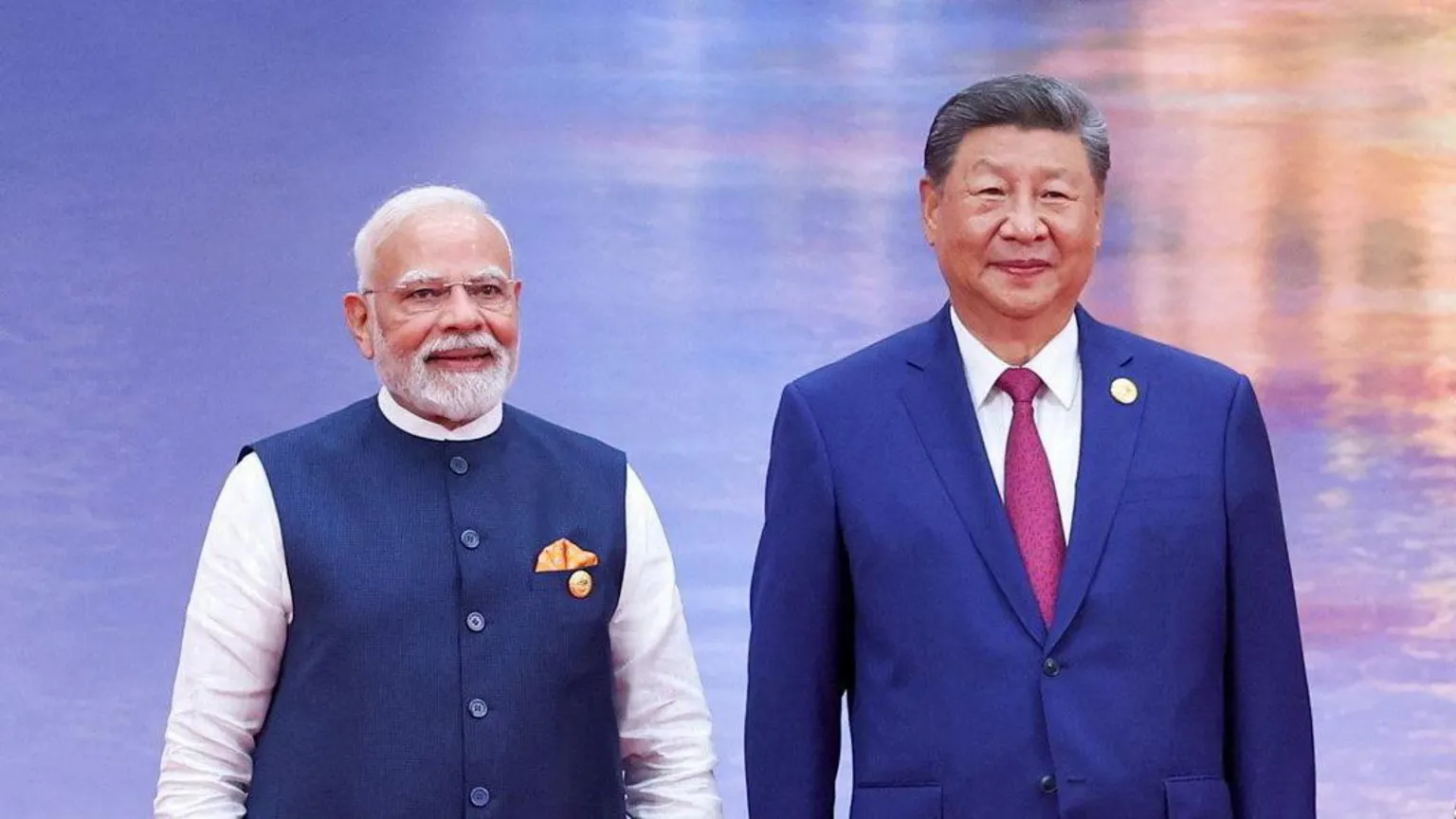Indian Prime Minister Narendra Modi and Chinese President Xi Jinping met in the Chinese city of Tianjin on Monday, marking a significant thaw in relations between Asia’s two largest nations. While official statements were light on specifics, the meeting itself signaled a willingness to re-engage after years of tension.
Just months ago, India was locked in a brief military skirmish with Pakistan—one that indirectly highlighted China’s growing role in the region. Pakistan used Chinese-supplied military technology, and Indian officials claim Beijing even provided real-time intelligence to Islamabad during the standoff.
Despite this, India avoided a direct diplomatic confrontation with China. Still, the incident sparked debate in New Delhi about the future of India-China ties. Should India continue to pursue normalization, or take a harder line?
Ironically, it was Washington—not Beijing—that forced India’s hand. The Trump administration recently imposed steep tariffs on Indian imports, punishing Delhi for continuing to buy oil from Russia. With pressure mounting, Modi faced two choices: yield to U.S. demands or stand firm.
He chose the latter.
India’s refusal to back down highlights its intent to carve a more independent path on the global stage. And in that context, reaching out to China—a neighboring superpower and economic juggernaut—makes strategic sense.
The meeting produced modest outcomes: the resumption of direct flights and streamlined visa processes. But larger issues loom.
The biggest obstacle remains the unresolved border dispute. A violent clash in 2020 severely damaged trust and led to the deployment of tens of thousands of troops along the Line of Actual Control. Talks between military and civilian leaders continue, but progress has been slow.
Modi had previously invested heavily in the bilateral relationship, visiting China five times between 2014 and 2018. But this is his first trip there in seven years—a sign of how deep the rift became.
While the summit signals cautious optimism, true progress will depend on how both nations manage their shared, contested borders and navigate the shifting geopolitical landscape—especially with unpredictable U.S. policies adding an extra layer of complexity.
For now, Modi and Xi’s handshake may be symbolic, but it opens the door—however slightly—to renewed dialogue between the elephant and the dragon.
Let me know if you’d like this adapted further for a specific audience, like youth readers or policy professionals.







